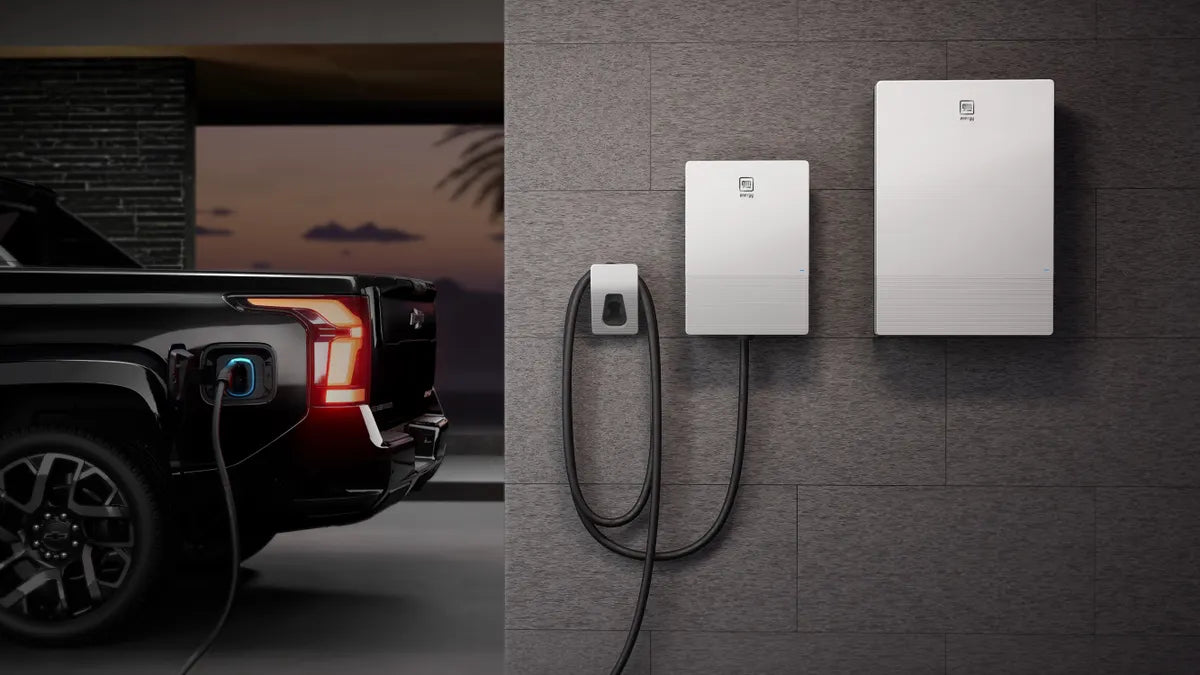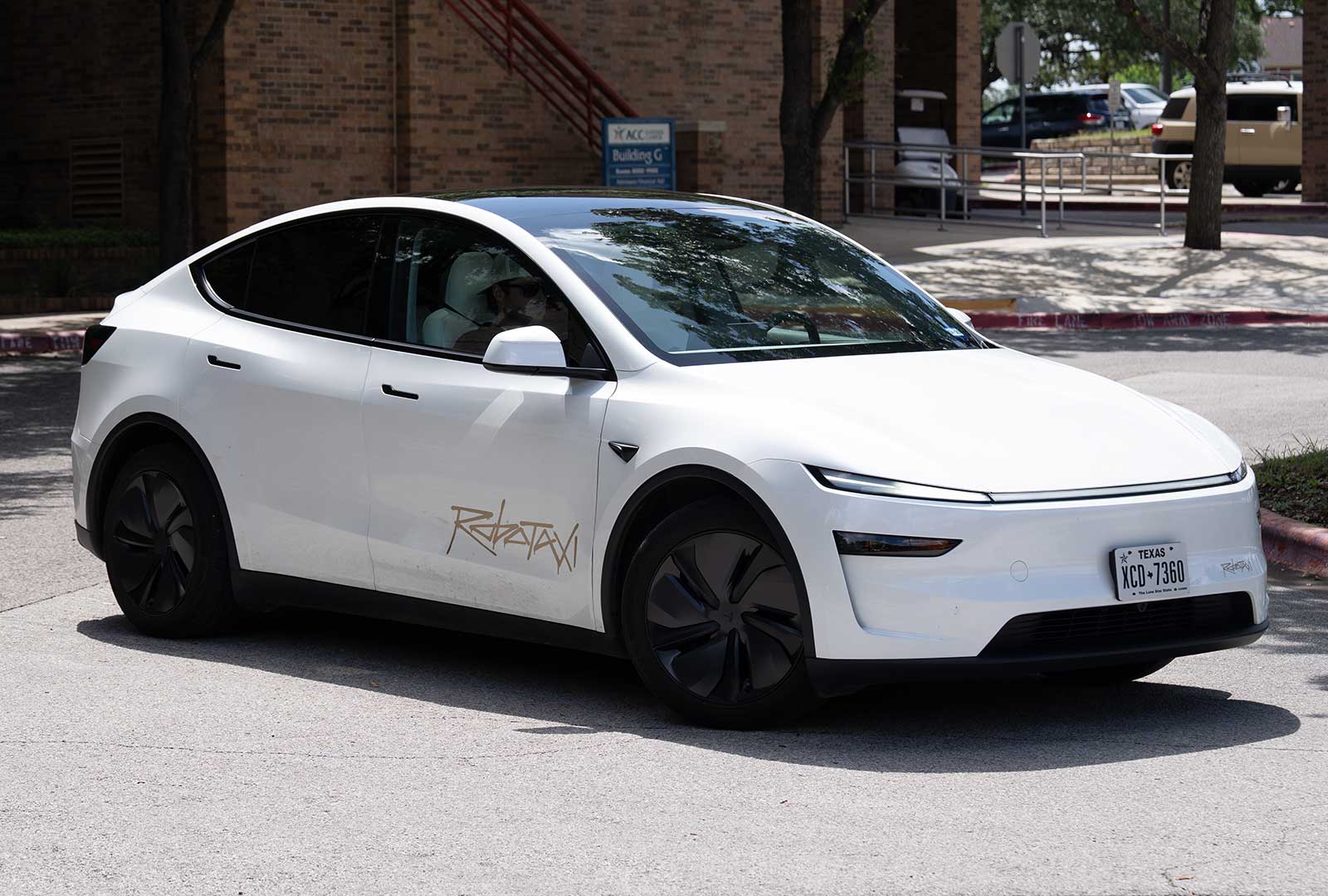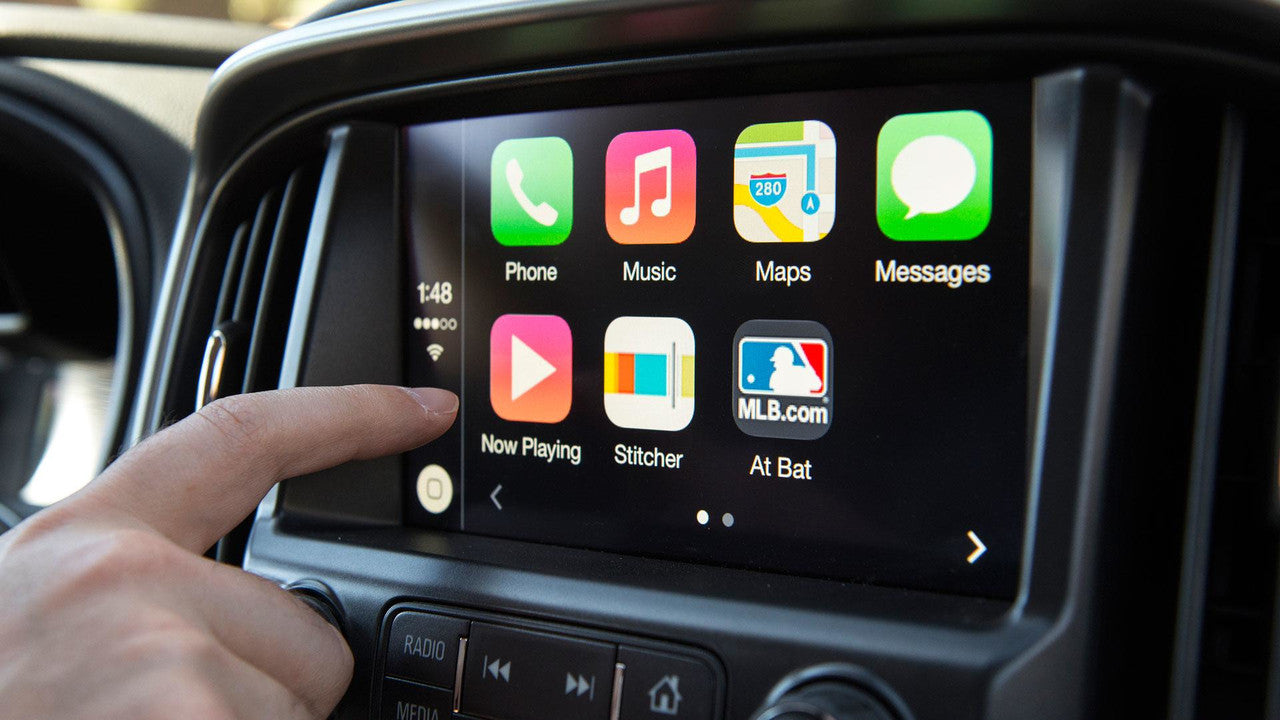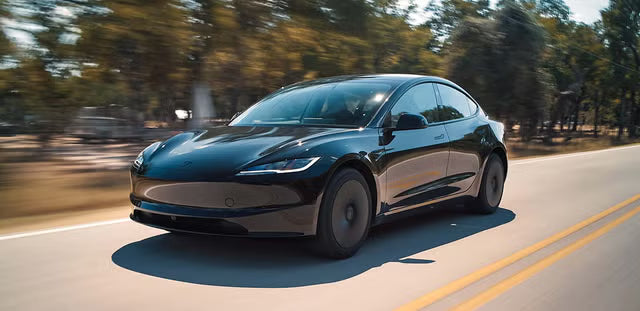Alors que les véhicules électriques (VE) passent du statut de simples moyens de transport à celui de plateformes énergétiques mobiles, un nouveau concept révolutionne notre façon d'interagir avec l'énergie à la maison : la technologie Vehicle-to-Home (V2H). Cette technologie permet un flux d'énergie bidirectionnel, permettant aux VE d'alimenter les systèmes électriques domestiques. Cette innovation émergente transforme non seulement la consommation d'énergie des particuliers, mais améliore également la résilience du réseau et favorise un mode de vie durable.
Dans cet article, nous explorons les mécanismes de base du V2H, ses avantages, ses limites, ses exigences de compatibilité et comment il se compare à d'autres technologies bidirectionnelles comme le V2G (Vehicle-to-Grid) et le V2L (Vehicle-to-Load) .
Qu'est-ce que V2H ?
V2H ( Vehicle-to-Home) est un système de recharge bidirectionnelle où un véhicule électrique (VE) alimente une maison en électricité. Grâce à des chargeurs bidirectionnels spécialisés et à des véhicules compatibles, l'énergie stockée dans la batterie du véhicule peut être déchargée pour répondre à la demande énergétique des habitations en cas de panne de courant, de pointe de consommation ou pour compenser les coûts d'électricité.
Contrairement à la recharge traditionnelle des véhicules électriques, qui est unidirectionnelle (du réseau vers le véhicule), les systèmes V2H permettent une circulation bidirectionnelle de l'énergie. En résumé, votre véhicule électrique devient une unité de stockage mobile qui répond aux besoins énergétiques de votre maison.

Comment fonctionne V2H ?
Le V2H fonctionne avec des chargeurs bidirectionnels pour véhicules électriques et des onduleurs compatibles . Voici le processus :
-
Mode de charge : le VE se charge normalement à partir du réseau électrique ou d'un système photovoltaïque solaire.
-
Mode de décharge : lorsque cela est nécessaire, le chargeur inverse le flux, tirant l'énergie de la batterie du véhicule électrique vers le panneau électrique de la maison.
-
Système de gestion de l'énergie (EMS) : un EMS contrôle la distribution de l'énergie, garantissant que l'énergie circule là où elle est le plus nécessaire, en donnant la priorité aux charges domestiques critiques.
Ce processus nécessite une synchronisation minutieuse et comprend souvent des protocoles de sécurité pour isoler la maison du réseau pendant les décharges, évitant ainsi le retour d'énergie.
V2H vs V2G vs V2L : quelle est la différence ?
| Fonctionnalité | V2H | V2G | V2L |
|---|---|---|---|
| Direction de la puissance | Véhicule ↔ Accueil | Véhicule ↔ Grille | Véhicule → Périphériques externes |
| Infrastructures nécessaires | Chargeur bidirectionnel | Chargeur bidirectionnel, Grid | Onduleur ou port simple |
| Cas d'utilisation principal | Sauvegarde/écrêtement des pointes à domicile | Services de réseau, réponse à la demande | Outils/appareils électriques |
| Interaction avec la grille | Non (isolé du réseau) | Oui (interagit avec la grille) | Aucune implication de réseau ou de maison |
Avantages de la technologie V2H
-
Alimentation de secours à domicile
En cas de panne de courant ou d'urgence, le V2H permet aux véhicules électriques de servir de systèmes d'alimentation de secours, à l'instar des unités de stockage de batteries domestiques. -
Gestion des pics de charge
V2H permet de réduire les factures d'électricité en déchargeant l'énergie pendant les heures de pointe lorsque les tarifs d'électricité sont élevés et en la chargeant pendant les heures creuses. -
Indépendance énergétique
Associé à des panneaux solaires, le V2H améliore l’autosuffisance énergétique en stockant l’excédent d’énergie solaire et en l’utilisant la nuit. -
Soutien à la résilience du réseau
Bien qu'il ne soit pas directement connecté au réseau comme le V2G, le V2H réduit indirectement la pression sur le réseau en réduisant la demande de pointe résidentielle.
Exemple de cas d'utilisation réel
Supposons qu'un foyer consomme environ 20 kWh par jour. Un véhicule électrique entièrement chargé, comme la Nissan Leaf (62 kWh), peut théoriquement alimenter ce foyer pendant trois jours . Dans les régions exposées aux catastrophes naturelles comme la Californie ou le Texas, où les pannes de courant sont plus fréquentes, le V2H offre un avantage considérable par rapport aux générateurs diesel : absence d'émissions, fonctionnement plus silencieux et intégration des énergies renouvelables.
Quel équipement est nécessaire pour V2H ?
Pour configurer V2H, les composants suivants sont généralement requis :
-
Véhicules électriques compatibles (par exemple, Nissan Leaf, Mitsubishi Outlander PHEV, Ford F-150 Lightning )
-
Borne d'alimentation bidirectionnelle pour véhicules électriques (EVSE) comme Wallbox Quasar ou système Fermata Energy
-
Système de gestion de l'énergie domestique (HEMS)
-
Panneau électrique intelligent ou commutateur de transfert
-
Stockage solaire photovoltaïque et batterie en option
⚠️ Tous les véhicules électriques ne prennent pas en charge la recharge bidirectionnelle. Vérifiez toujours les spécifications du fabricant et la compatibilité des protocoles de recharge (CHAdeMO, CCS, ISO 15118).

Limites du V2H
-
Assistance limitée aux véhicules
Seule une poignée de véhicules électriques prennent en charge la recharge bidirectionnelle aujourd'hui. Les modèles populaires comme Tesla ne proposent pas encore cette fonctionnalité. -
Coût initial élevé
Les chargeurs bidirectionnels peuvent coûter entre 4 000 et 7 000 dollars, hors composants d’installation et d’isolation du réseau. -
Obstacles réglementaires
Le déploiement du V2H dépend des codes électriques régionaux, de l’approbation des services publics et des réglementations de sécurité. -
Problèmes d'usure de la batterie
Des décharges profondes fréquentes peuvent avoir un impact marginal sur la durée de vie de la batterie, bien que les systèmes modernes de gestion de batterie (BMS) atténuent ce phénomène.
Modèles de véhicules électriques compatibles V2H (2025)
| Modèle | Puissance de décharge maximale | Protocole |
|---|---|---|
| Nissan Leaf | 6,6 kW | CHAdeMO |
| Mitsubishi Outlander PHEV | 1,5 kW – 3,7 kW | CHAdeMO |
| Ford F-150 Lightning | 9,6 kW | CCS |
| Hyundai IONIQ 5/6 | 3,6 kW | V2L/V2H |
| Kia EV6 | 3,6 kW | V2L/V2H |
L'avenir du V2H
À mesure que les normes bidirectionnelles (comme la norme ISO 15118 ) gagnent en popularité et que les constructeurs de véhicules électriques s'engagent en faveur de la compatibilité, le V2H devrait devenir une fonctionnalité énergétique domestique courante. Les constructeurs automobiles intègrent déjà du matériel compatible bidirectionnel, et les mesures incitatives en faveur de la résilience des foyers et de l'intégration des énergies renouvelables accélèrent son adoption.
Les partenariats avec les services publics et les plateformes logicielles joueront un rôle essentiel dans l’optimisation de la répartition de l’énergie, la surveillance de l’utilisation et la préservation de la santé des batteries grâce à des algorithmes intelligents.
Infographie téléchargeable

Conclusion
Le V2H représente un changement de paradigme dans la consommation d'énergie individuelle : les véhicules électriques nous permettent non seulement de nous déplacer, mais aussi d'alimenter nos foyers . Avec la maturité technologique, le V2H est appelé à devenir un élément essentiel d'écosystèmes énergétiques domestiques résilients, durables et autonomes.
Auteur : Lay Wen








Partager:
Comprendre la charge bidirectionnelle : V2L et V2G expliqués
Qu'est-ce que le V2L (Vehicle-to-Load) ?